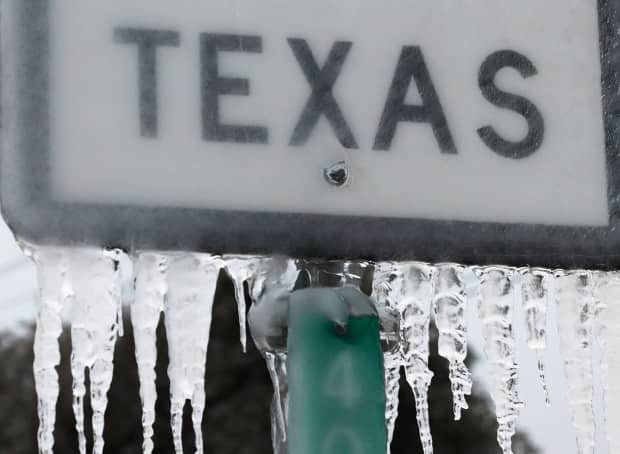There is no one-size-fits-all road to sustainability on "Patchwork Earth"
Science and policy need to incorporate diversity and complexity of the world when thinking about a sustainable future

IMAGE: FOUR DIFFERENT WAYS THAT LOCAL CHANGES COMBINE TO RESULT IN GLOBAL OUTCOMES: AGGREGATION, COMPENSATION, LEARNING, AND CONTAGION view more
CREDIT: MCGILL UNIVERSITY
In a world as diverse as our own, the journey towards a sustainable future will look different depending on where in the world we live, according to a recent paper published in One Earth and led by McGill University, with researchers from the Stockholm Resilience Centre.
"There are many regional pathways to a more sustainable future, but our lack of understanding about how these complex and sometimes contradictory pathways interact (and in particular when they synergize or compete with one another) limits our ability to choose the 'best' ones," says Elena Bennett, a professor in the Department of Natural Resource Sciences at McGill University and the lead author on the paper."For this reason, we suggest that the global community needs to envision a diversity of desirable futures, nurture small seeds of sustainability, and work together to navigate the emerging pathways to sustainability."
Four different ways that local changes combine to result in global outcomes: aggregation, compensation, learning, and contagion
The researchers call for new approaches to exploring and creating a sustainable future that more fully account for regional complexity; provide space for local and regional actors to imagine how they might act to help create better futures; and that foster action towards those futures. More specifically, the paper argues that:
- Different regions of the world, with different contexts and values, will follow different pathways towards greater sustainability.
- This variety will produce tensions and opportunities as the outcomes of regional pathways interact.
- Navigating these changes requires understanding of how regional pathways interact with global processes to produce better outcomes for people and nature
A patchwork of approaches to imagining a sustainable future for "Patchwork Earth"
To increase capacity to navigate towards a more sustainable future on a so-called "patchwork earth", the authors propose that science and policy should do a better job of:
- Envisioning diverse desirable futures. They call for a greater plurality in our understanding of what might constitute a desirable future for different people in different places, and a better understanding of the potential conflicts, opportunities, trade-offs and synergies between pursuing different visions in different places.
- Nurturing seeds of sustainability. They point to the need to nurture the growth of seeds of desirable futures and deconstruct the institutions and organizations that impede their growth.
- Navigating emerging pathways. They also argue that in order to avoid having local actions derailed by other local or global initiatives, scientists, policymakers and practitioners need to work together in ongoing processes of adaptive action, learning, and reflection to identify and engage with unexpected surprises, conflicts and trade-offs as they emerge.
But while these different local and regional pathways might on their own achieve the globally-agreed-upon Sustainable Development Goals or other important local objectives, how they are influenced by each other and by global processes is difficult to predict.
Scenario planning that engages with multi-scale complexity
For example, a focus on global policies and a desire to use well-established global models means that current planning methods ignore national and local dissimilarities, questions, and challenges.
The authors point to methods that engage with multi-scale complexity, such as those pioneered by the Seeds of Good Anthropocenes project. Here, participants develop radical positive visions of the future based on existing real-world 'seeds' of a better future - innovations such as tribal parks, urban rewilding, and community land ownership that aim to address social-ecological challenges but are not yet mainstream.
"Incorporating more of the diversity and complexity of the world in our thinking about the future, and better understanding the opportunities and tensions that may arise can help increase our collective capacity to transform towards a more sustainable and just world for all," adds co-author Garry Peterson, who is part of Intergovernmental Science-Policy Platform on Biodiversity and Ecosystem Services (IPBES) Scenarios and models task force and hopes such insights can be used to develop pluralistic and diverse nature-centered scenarios for IPBES.
###
To read: "Patchwork Earth: navigating pathways to just, thriving, and sustainable futures" in One Earth by Elena Bennett et al https:/
About McGill University Founded in Montreal, Quebec, in 1821, McGill University is Canada's top ranked medical doctoral university. McGill is consistently ranked as one of the top universities, both nationally and internationally. It is a world-renowned institution of higher learning with research activities spanning two campuses, 11 faculties, 13 professional schools, 300 programs of study and over 40,000 students, including more than 10,200 graduate students. McGill attracts students from over 150 countries around the world, its 12,800 international students making up 31% of the student body. Over half of McGill students claim a first language other than English, including approximately 19% of our students who say French is their mother tongue.












